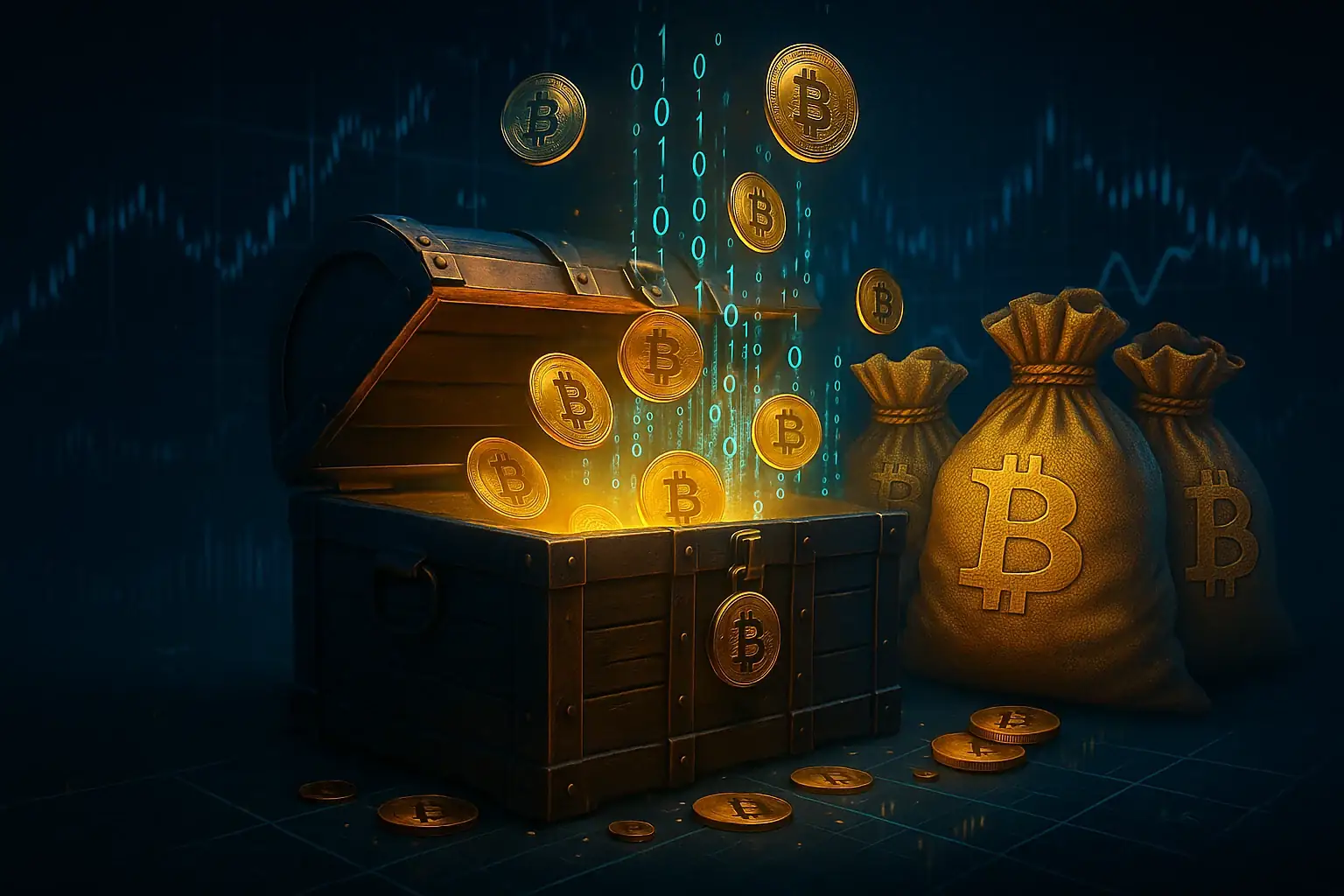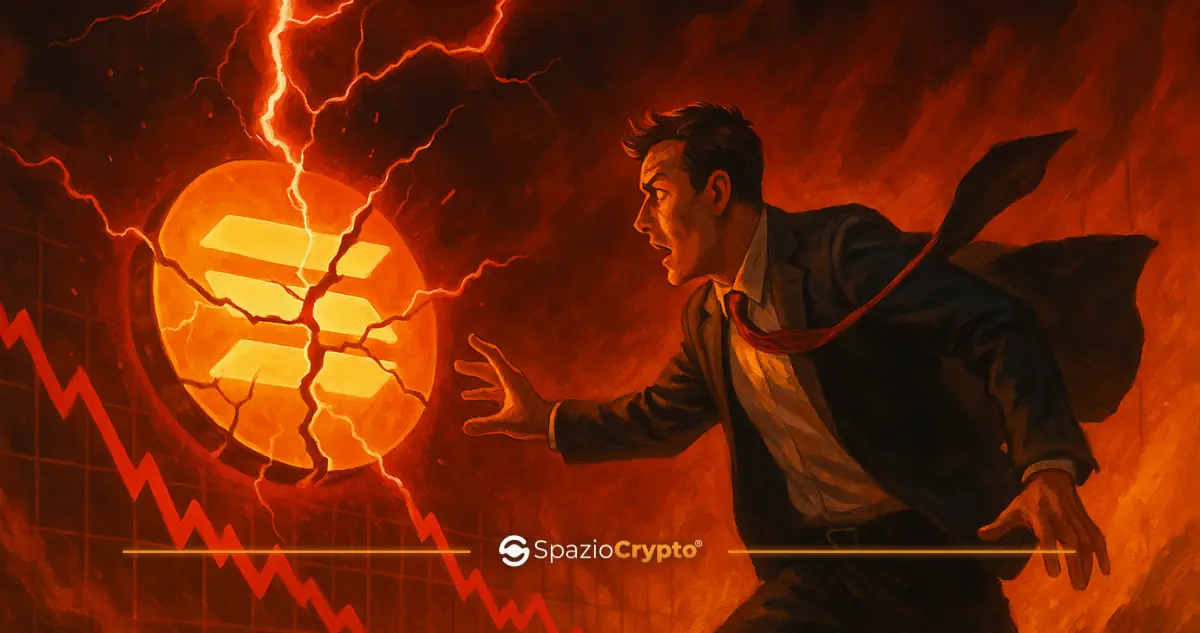The world of financial transactions is changing before our eyes. The driving force behind this evolution is the increasing spread of payment solutions made possible by the Web3. The phenomenon affects the entire planet, but the countries that are driving the change are developing countries, which are less economically stable and looking for new opportunities for growth.
Second and Third World economies are adopting a proactive approach, which reflects their agility and adaptability, putting them in pole position in financial innovation related to decentralised payments. A greater experience of navigating the sometimes rough waters of the DeFi will probably allow emerging economies to face the economic giants on an equal footing in terms of investment in the near future. This could truly mean the opening of a new era and the birth of a dynamic global economy.
A New Technology to Transfer Money
Developing countries have never tended to be able to respond adequately to the challenges posed by an inefficient economic system incapable of creating financial inclusion, because it is geared towards building a gap between rich and poor. Traditional methods involve transactional fees, which not infrequently reach,or exceed,10% of the total; long waiting times and cross-border payments that can take up to 5 working days.
Those who do not have a fixed address, regular salary or valid documents are cut off from this dimension, as they cannot give any guarantee of financial soundness. One does not have to be particularly well versed in the subject to realise that this constitutes a real discrimination against the less advanced and structured communities, which can only remain on the fringes of traditional finance (or TradFi, as opposed to the abbreviation DeFi, for decentralised finance).
Well, in reference to situations such as these, the potential of Web3 is truly gigantic. Because of this, we are seeing the implementation of decentralised payments and money transfer systems based on this new infrastructure in many developing economies, such as Brazil, which is making pervasive use of these new technologies. Decentralised finance protocols, starting with the P2P cryptocurrency exchange, offer transparency and security. These peculiarities make them more trustworthy in the eyes of many investors.
Decentralised Payments and Economic Prosperity
Underlying the propensity of developing countries to make use of the financial instruments offered by the Web3 are economic, regulatory and geographical factors. Financial transactions disconnected from the traditional infrastructure extend across political boundaries and create a freer transaction network that reshapes the global economic-financial equilibrium.
This is why countries gripped in the grip of hyperinflation, such as Argentina and Venezuela, having witnessed an irrepressible devaluation of their traditional currencies, have chosen to rely on cryptocurrencies and their greater stability, to stem the volatility that is rapidly driving local economic systems to collapse. Strange as it may seem, there are countries with currencies less stable than crypto.
There are geographical areas that are in dramatic need of alternatives to the traditional economy and are openly encouraging the development of the Web3 ecosystem globally. The adoption of cryptocurrencies now characterises all lower-middle-income countries (also known as LMI, low-middle income countries), where these payment systems are popular with both private and public investors.
The Race to Decentralised Payments
40% of the world's population lives in lower-middle-income countries. This is the segment with the largest number of members. The numbers are therefore sufficient to push the Web3 sector with conviction, making its circuits more and more popular and promoting their use.
Although cryptocurrencies have a 15-year history, their adoption is still rather limited. However, if we consider this potential pool, containing 40% of the planet's population, we realise that there is every reason for the less wealthy to embrace this monetary system and begin to exploit it in order to acquire more purchasing power. They can thus prevent their savings from becoming waste paper, due to the devaluation of the currency in use, and start a potential revolution.
The term chosen is not exaggerated. Until now, we have been accustomed to considering decentralised finance as a minority, an alternative to traditional finance. If, however, all developing countries, which - as we know - can count on a very large population, decide to trade mainly in cryptocurrency and rely more and more frequently on decentralised payments, this reality could change rapidly, to the point of subverting the balance between TradFi and DeFi.
At Spaziocrypto we believe that, as of today,there is no reason to think that such a situation is imminent. Yet, we certainly cannot underestimate the fact that this is a rather plausible hypothesis in the not too distant future.








